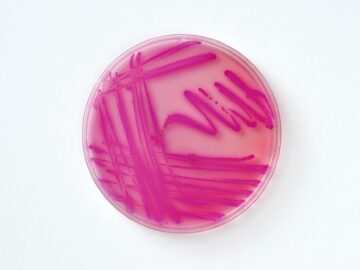Editorial in Nature:
 The bacterium Acinetobacter baumannii is a portrait of resilience. The microorganism causes a range of infections, and its ability to survive desiccation means it can persist for weeks on hospital air vents, computer keyboards and human skin. Its metabolic and genetic flexibility have allowed it to become resistant to the few antibiotics that can make it through its two protective cell membranes. Antibiotic-resistant microbes kill more than one million people each year. The global threat posed by A. baumannii has put the microbe high on the list of priority pathogens drawn up by the World Health Organization (WHO).
The bacterium Acinetobacter baumannii is a portrait of resilience. The microorganism causes a range of infections, and its ability to survive desiccation means it can persist for weeks on hospital air vents, computer keyboards and human skin. Its metabolic and genetic flexibility have allowed it to become resistant to the few antibiotics that can make it through its two protective cell membranes. Antibiotic-resistant microbes kill more than one million people each year. The global threat posed by A. baumannii has put the microbe high on the list of priority pathogens drawn up by the World Health Organization (WHO).
Two studies published on 3 January in Nature report a new class of drug candidates for tackling A. baumannii infections (C. Zampaloni et al. Nature https://doi.org/10.1038/s41586-023-06873-0 (2023); K. P. Pahil et al. Nature https://doi.org/10.1038/s41586-023-06799-7; 2023). One of these compounds has already made it into clinical trials, but it is still a long way from being approved for clinical use.
More here.
